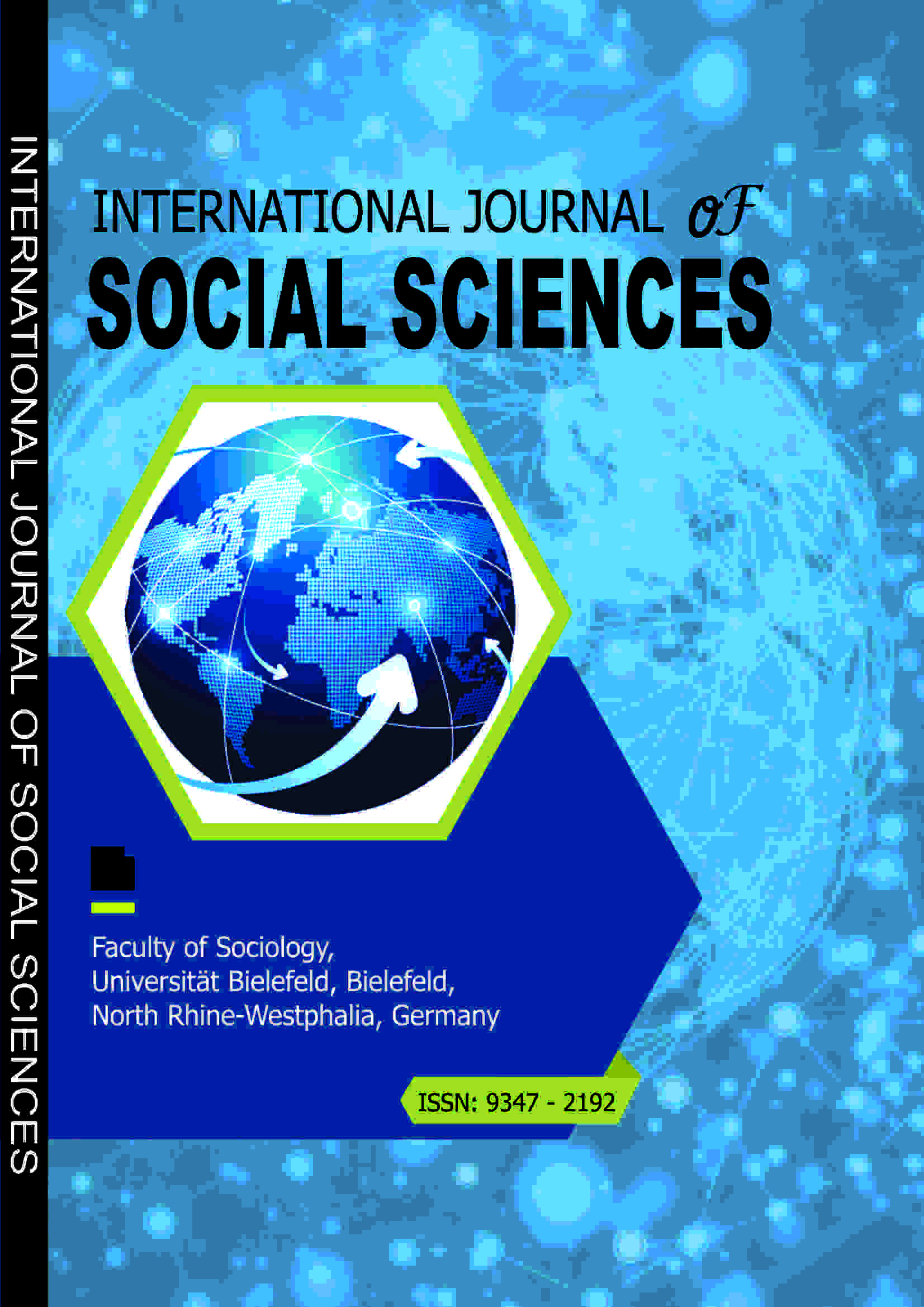INTERNATIONAL JOURNAL OF SOCIAL SCIENCES (IJSS)
Impacts of Tulip Revolution on Democratization in Kyrgyzstan
E-ISSN: 7885-4322
P-ISSN: 9347-2192
DOI: https://iigdpublishers.com/article/493
The melting down of the former Soviet Union and independence of five modern Muslim republics including Kyrgyzstan is a land mark event in history. The people of this region have no experience of liberal democracy. Askar Akayev became the leader of Kyrgyzstan after independence. In the beginning, he was a good ruler but with the passage of time he adopted the rules of traditional rulers of third world countries. After successful Tulip Revolution Bakiyev got the throne and became the president of the country. In the beginning he ruled nicely but as the time passed his mind changed and tried to consolidate his power which became the source of his downfall. The paper concludes the down fall of Akayev and Bakiyev that had brought Kyrgyzstan into the right track of democracy and created political awareness in the public.
Sajjad Ahmad & Quaid Ali
Salamatov. A. (2009). Democracy in Kyrghyzstan. Central Asian Politics.
Sershen. D. (2006). Kyrgyzstan: Akayev-Era Corruption Remains an Issue. http://www.eurasianet.org: www.eurasianet.org.
Britannica. (2012, 12 11). Britannica. Retrieved from www.britannica.com: https://www.britannica.com/biography/Askar-Akayev
Cummings. (2009). Domestic and international perspectives on Kyrgyzstan’s Tulip Revolution. New York: Routledge, Taylor and Francis Group.
David. L. (2008). The dynamics of regime change: domestic and international factors in the ‘Tulip Revolution’, Central Asian Survey. Vol. 27, Nos. 3–4, September–December 2008, 265 277.
